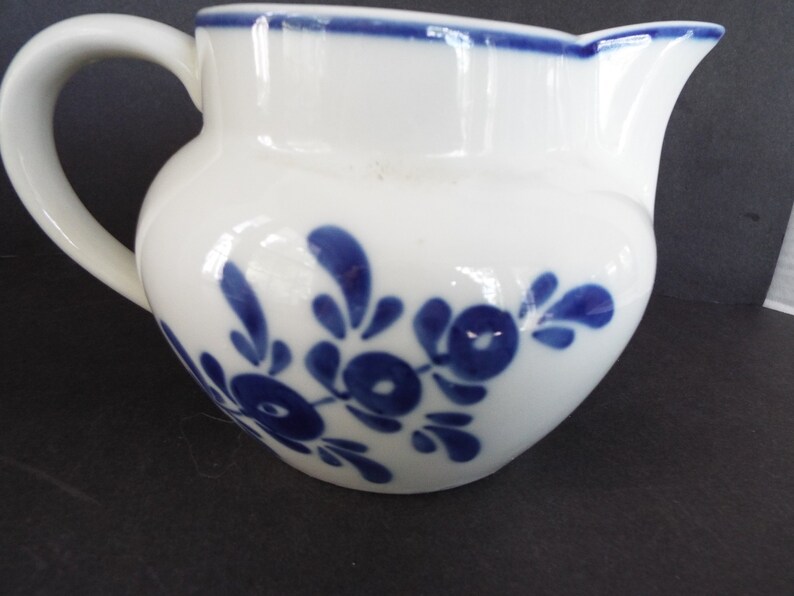

Longshan is named after the site of its discovery in 1928, in Shandong province, although evidence increasingly suggests origins to the south along the China coast, in Jiangsu province. The last major phase of the Neolithic Period is represented by the Longshan culture, distinguished particularly by the black pottery of its later stages ( c. The art produced at these villages exhibits a clear and logical stylistic evolution, leading from representational designs to linear abstraction (the latter with occasional symbolic references). Over this span of two millennia the Yangshao culture progressed generally westward along the Huang He and Wei River valleys from sites in central China, such as Banpo, to sites farther west, such as Miaodigou, Majiayao, Banshan, and Machang. Dating for the dominant phase of the Yangshao culture may be put roughly between 50 bce. 4500 bce), discovered in 1953 near Xi’an in Shaanxi, have schematized fish, bird, deer, and plant designs, which are related thematically to hunting and gathering, and what may be a human face or mask. Some of the pottery from the village site of Banpo ( c.
#White in lets create pottery free#
They are decorated, generally on the upper half only, with a rich variety of geometric designs, whorls, volutes, and sawtooth patterns executed in black and red pigment with sweeping, rhythmic brushwork that foreshadows the free brush painting of historical periods. Yangshao pottery consists chiefly of full-bodied funerary storage jars made by the coiling, or ring, method. The Yangshao (Painted Pottery) culture, named after the first Neolithic site discovered (in 1920), had its centre around the eastern bend of the Huang He (Yellow River), and it is now known to have extended across northern China and up into Gansu province. The art of the Neolithic Period represents a considerable advance. The dating for prehistoric culture in China is still very uncertain, but this material is probably at least 7,000 or 8,000 years old. The earliest evidence for art in any form in ancient China consists of crude cord-marked pottery and artifacts decorated with geometric designs found in Mesolithic sites in northern China and in the Guangdong-Guangxi regions.

Stylistic and historical development The formative period (to c.

Nowhere in the world has pottery assumed such importance as in China, and the influence of Chinese porcelain on later European pottery has been profound.
#White in lets create pottery how to#


 0 kommentar(er)
0 kommentar(er)
